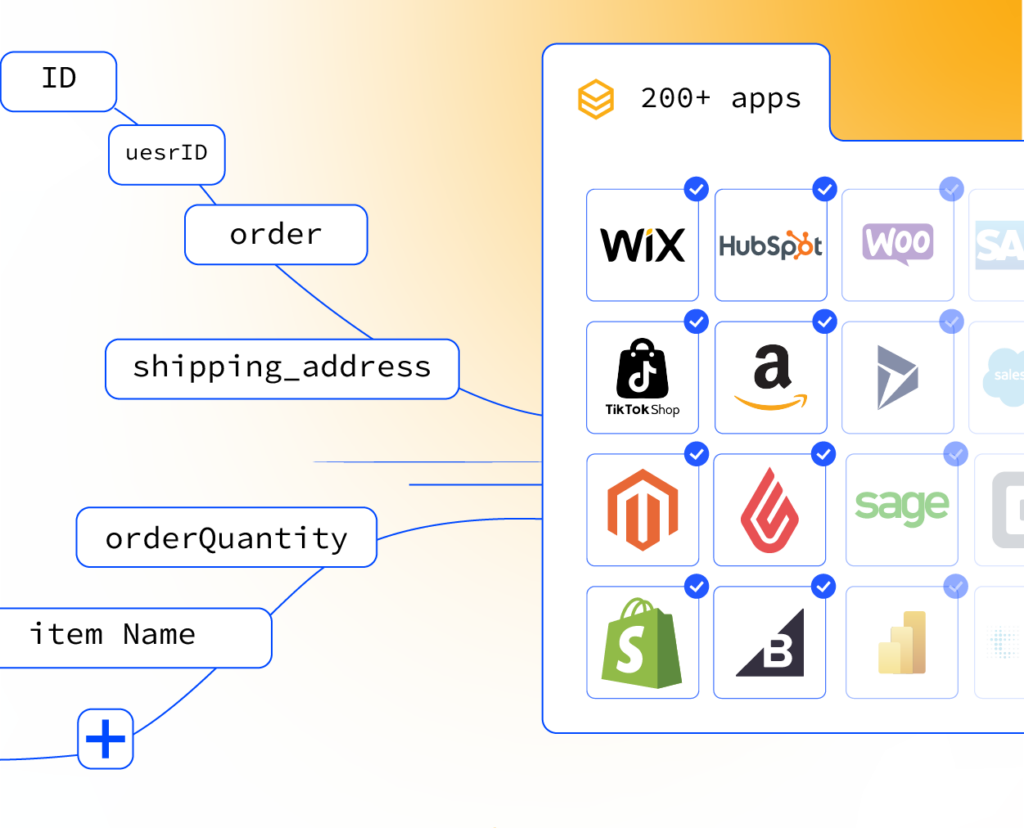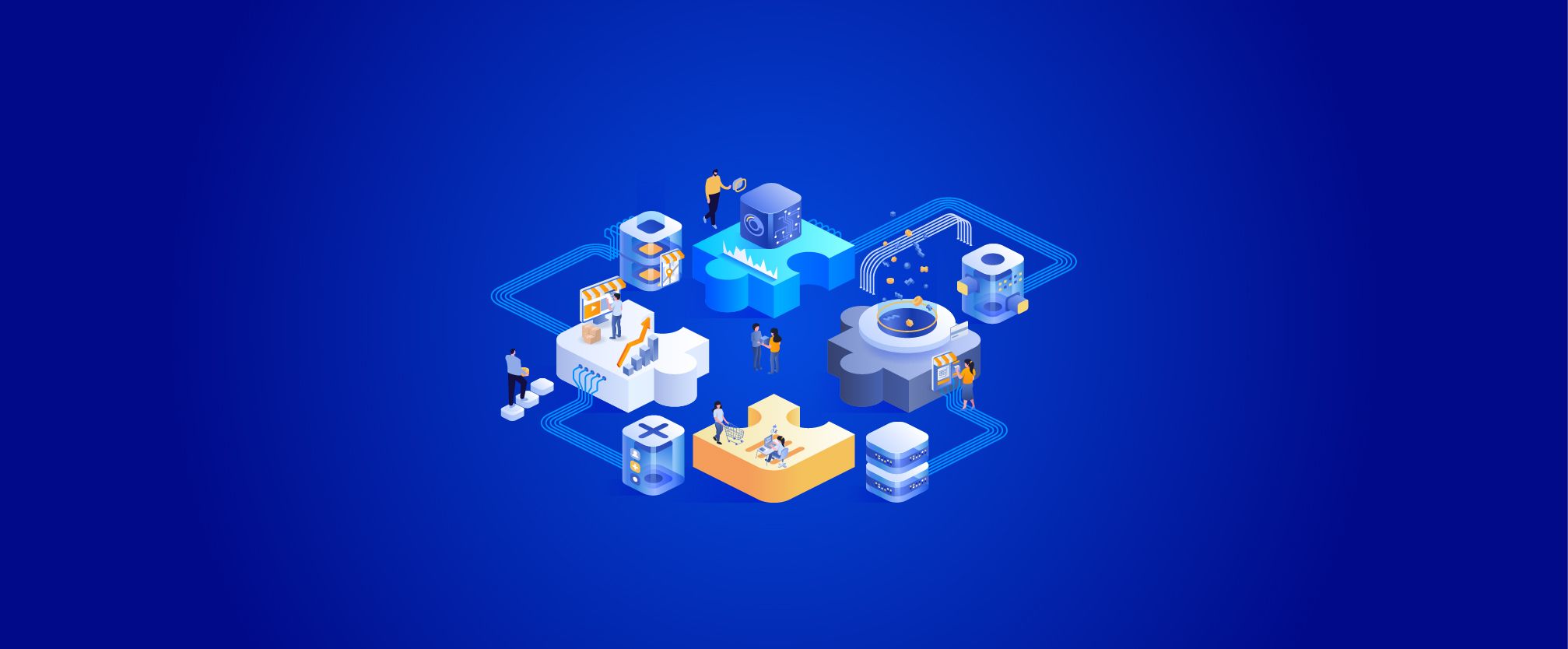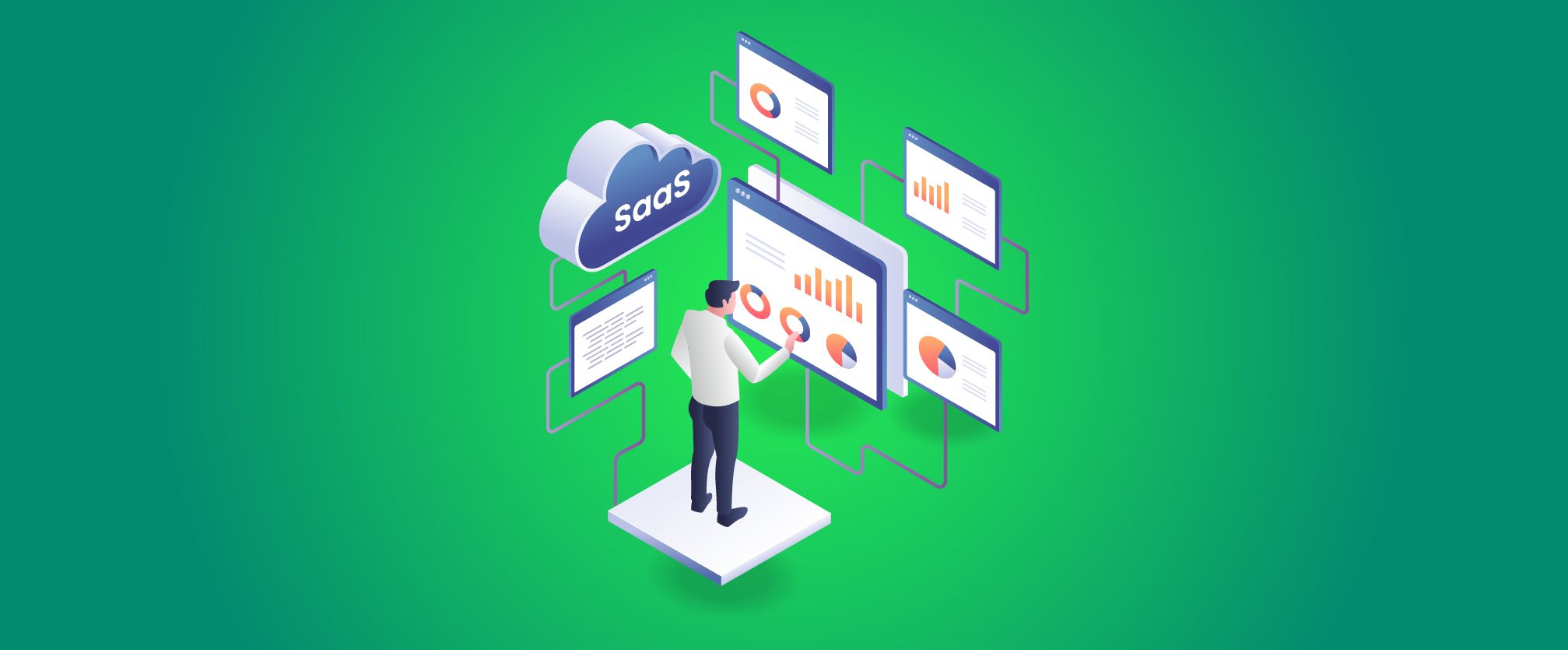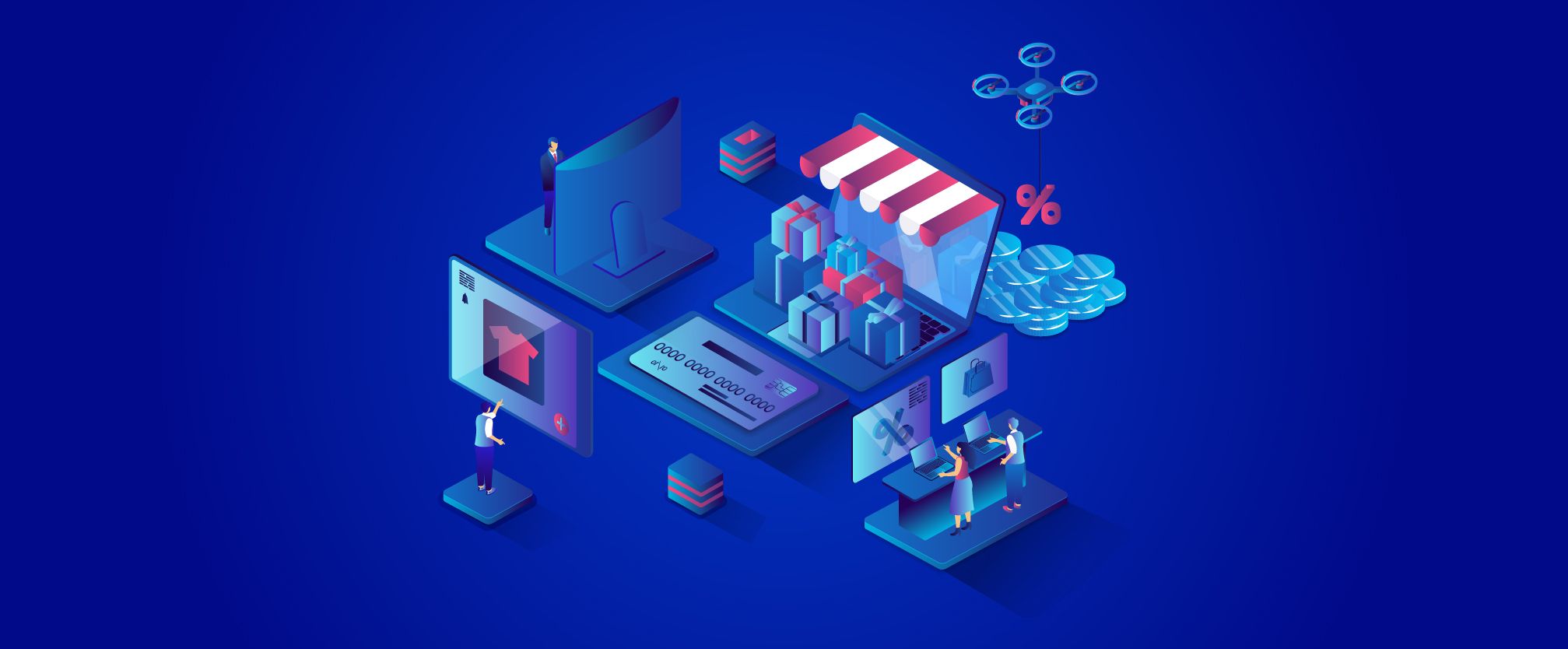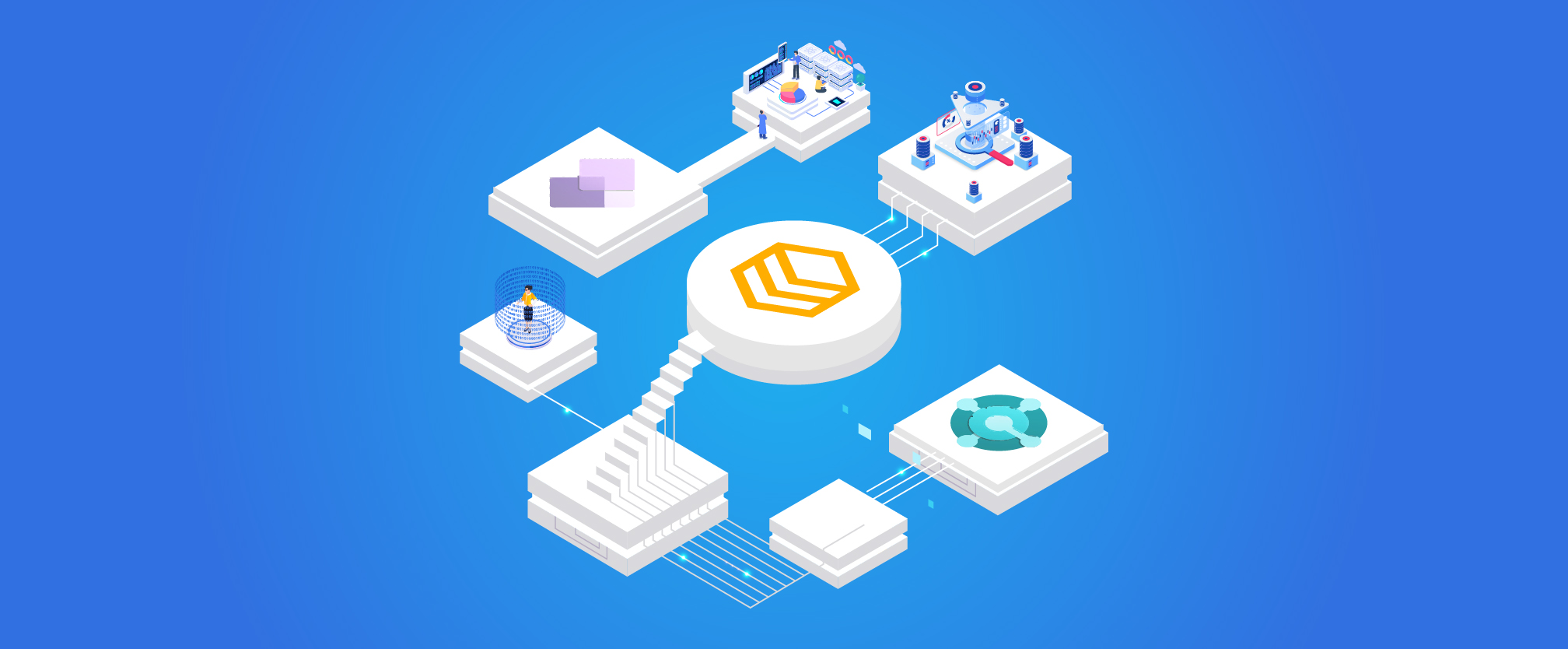Overview
In exploring the integration market, I figured out that there is no single source of truth that unifies all the technical concepts that we are using daily. Even at Gartner, the global leader in market research, I was quite surprised when there was no glossary for the commonly used term “software.”.
This article is aimed at making all the difficult technical concepts easier to understand and capture for a non-technical audience.
Software vs Application
Software vs Application
Software and applications can be used interchangeably but let us clarify some differences
- Software includes Application Software and System Software, That means an application is always software, but there are many type of software which are not Application
- Application software is normally abbreviated as application.
- Application need user interaction to function, while System Software does NOT
| Criteria | System Software | Application |
| Hardware Interaction | YES | NO |
| Needs User Integration for functioning | NO | YES |
| Category | Operating SystemsFirmwareProgramming Language Translator: iOS Device DriversComputer Virus | ERPAccountingeCommerceWeb BrowsersWord ProcessingEditors |
| Examples | Linux, Windows, and Mac OS | Chrome, Microsoft Word, and Dynamics ERP |
Integration
According to the the Cambridge Dictionary, integration is the action or process of combining two or more things in an effective way.
Replacing “thing” in the original definition of “integration,” we will have the term “System Integration” but what is really “system” in system integration?
System Integration
The process of creating a complex information system may include designing or building a customized architecture or application, integrating it with new or existing hardware, packaged and custom software, and communications. Most enterprises rely on an external contractor for program management of most or all phases of system development. This external vendor generally also assumes a high degree of the project’s risks. (Gartner: Glossary)
Removing “Information” in the definition of System Integration caused many myths in the Integration market, To correct understanding of System Integration, we will define it as “Information System integration.”
But what is an information system?
An information system (IS) is an organized system for the collection, organization, storage, and communication of information. More specifically, it is the study of complementary networks that people and organizations use to collect, filter, process, create, and distribute data. An information system encompasses a combination of hardware, software, infrastructure, and trained personnel organized to facilitate planning, control, coordination, and decision-making in an organization.
Key components of an information system include:
Hardware or Infrastructure
physical technology that works with information. This includes computers, servers, peripheral devices, and networking hardware
Software
The programs and applications that operate on the hardware to perform tasks or procedures. This includes operating systems, enterprise software, application software, and web services.
Data
The information that the system collects, stores, and uses in the form of databases, data warehouses, and other forms. Data becomes a valuable resource that can be processed and analyzed to make business decisions.
People
The users who interact with the information system, including IT professionals who develop and maintain the system and end-users who use it to support their activities.
Processes
The methods and rules that are applied to data to produce meaningful information. Processes can be manual or automated workflows that describe how data is to be collected, processed, analyzed, and disseminated.
By removing all hardware related factors from System Integration, we have the definition of “Software Integration”
What is Software Integration?
- Data Integration
- Application Integration
- Cloud Integration
Integration or Integration Services
Integration services are detailed design and implementation services that link application functionality (custom software or package software) and/or data with each other or with the established or planned IT infrastructure. Specific activities might include project planning, project management, detailed design or implementation of application programming interfaces, Web services, or middleware systems.
Application Integration
Application integration is the process of enabling independently designed applications to work together. Commonly required capabilities include:
- Keeping separate copies of data (in independently designed applications) consistent
- Orchestrating the integrated flow of multiple activities performed by disparate applications
- Providing access to data and functionality from independently designed applications through what appears to be a single user interface or application service
Source: Gartner Glossary
Application Integration is Software Application Integration
Data Integration
The discipline of data integration comprises the practices, architectural techniques and tools for achieving the consistent access and delivery of data across the spectrum of data subject areas and data structure types in the enterprise to meet the data consumption requirements of all applications and business processes.
Data integration tools have traditionally been delivered via a set of related markets, with vendors in each market offering a specific style of data integration tool. In recent years, most of the activity has been within the ETL tool market. Markets for replication tools, data federation (EII) and other submarkets each included vendors offering tools optimized for a particular style of data integration, and periphery markets (such as data quality tools, adapters and data modeling tools) also overlapped with the data integration tool space. The result of all this historical fragmentation in the markets is the equally fragmented and complex way in which data integration is accomplished in large enterprises — different teams using different tools, with little consistency, lots of overlap and redundancy, and no common management or leverage of metadata. Technology buyers have been forced to acquire a portfolio of tools from multiple vendors to amass the capabilities necessary to address the full range of their data integration requirements.
This situation is now changing, with the separate and distinct data integration tool submarkets converging at the vendor and technology levels. This is being driven by buyer demands as organizations realize they need to think about data integration holistically and have a common set of data integration capabilities they can use across the enterprise. It is also being driven by the actions of vendors, such as those in individual data integration submarkets organically expanding their capabilities into neighboring areas, as well as by acquisition activity that brings vendors from multiple submarkets together. The result is a market for complete data integration tools that address a range of different data integration styles and are based on common design tooling, metadata and runtime architecture.
Source: Gartner Glossary
Integration Platform as a Service
Integration Platform as a Service (iPaaS) is a suite of cloud services enabling development, execution and governance of integration flows connecting any combination of on premises and cloud-based processes, services, applications and data within individual or across multiple organizations.
Source: Gartner Glossary
Integration as a Service
Integration functionality (secure B2B communications, data and message translation, and adapters for applications, data and cloud APIs) delivered as a service.
